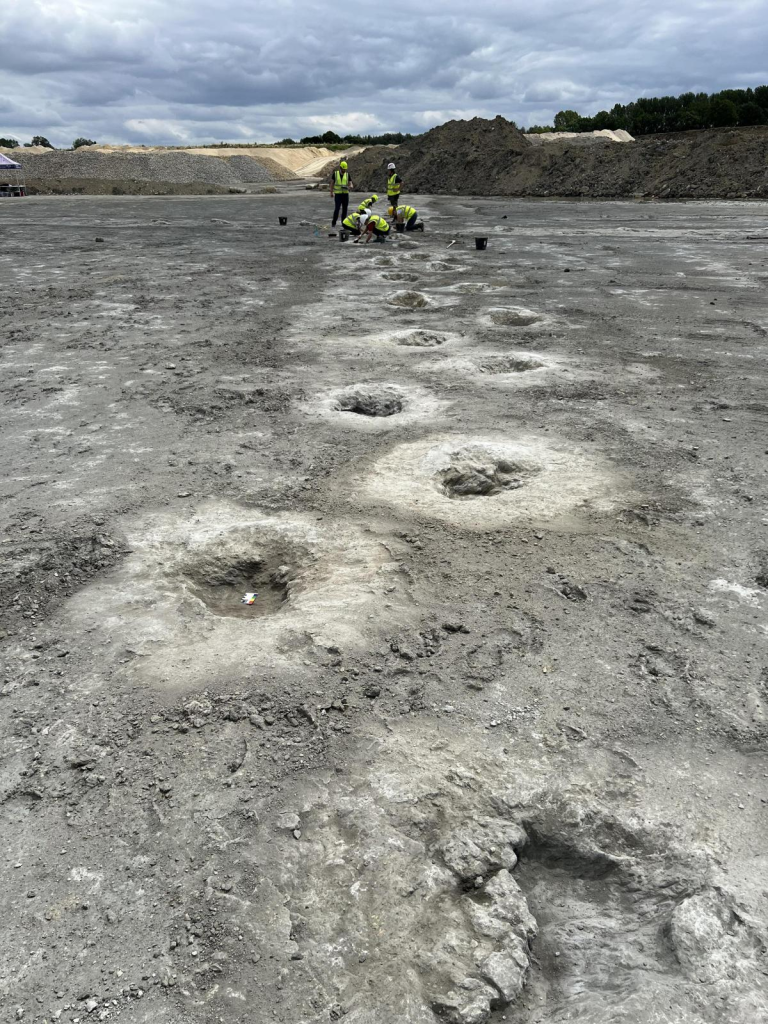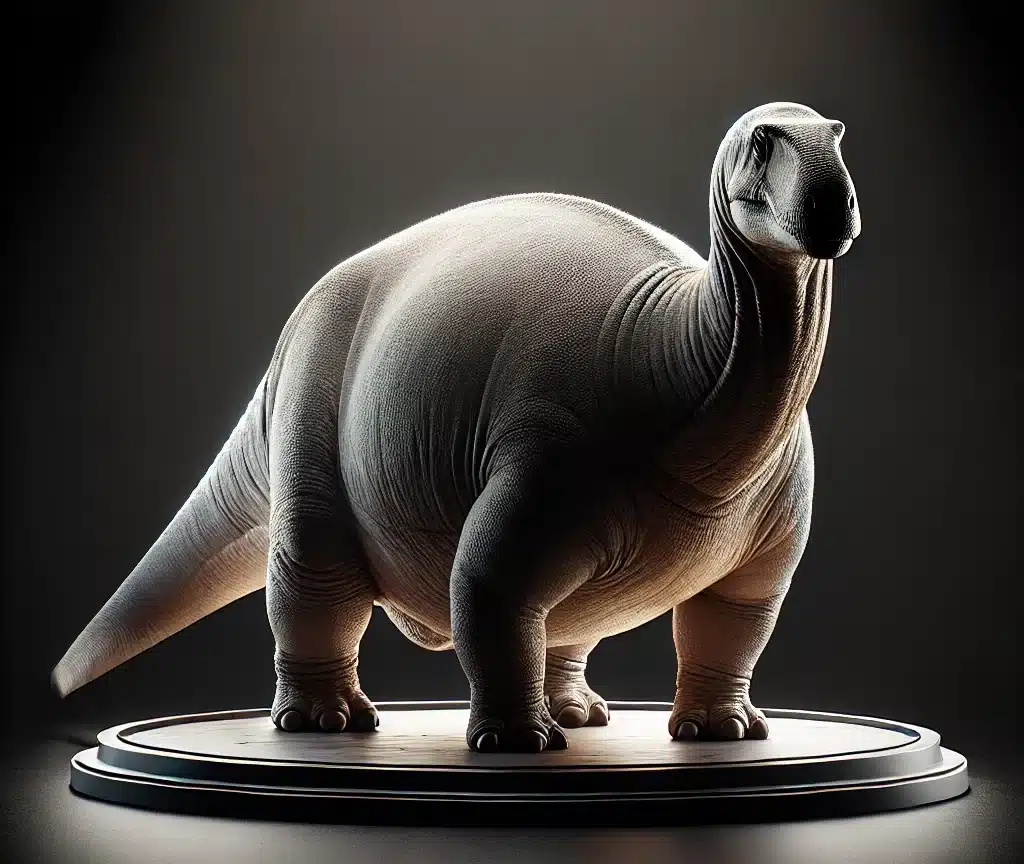The UK’s longest dinosaur trackway was recently unearthed in Oxfordshire, marking a historic discovery that showcases the preserved footprints of dinosaurs, including the long-necked sauropod Cetiosaurus and the meat-eating Megalosaurus.
These tracks, embedded in Oxfordshire’s famous limestone, offer a glimpse into the movements of these ancient creatures. Some of the trackways extend over an impressive 150 metres, providing valuable insights into the prehistoric landscape and the behaviours of the dinosaurs that roamed it.

From Humble Beginnings to Groundbreaking Science: Dinosaur Footprints in Oxfordshire
The discovery of dinosaur footprints in Oxfordshire began with Gary Johnson, a quarry worker whose sharp observation unearthed one of the most significant finds in recent history. While performing routine tasks, Johnson noticed unusual indentations in the limestone ground that turned out to be fossilised tracks from millions of years ago. His discovery serves as a powerful reminder that groundbreaking moments often emerge from humble jobs, showcasing the value of curiosity and attention to detail in even the most ordinary settings.
Following Johnson’s find, the site attracted over 100 scientists, students, and volunteers who dedicated themselves to studying the tracks. These efforts uncovered not only the footprints of long-necked sauropods and the meat-eating Megalosaurus but also critical information about the prehistoric environment. The collaborative excavation not only deepened our understanding of dinosaur behaviour but also highlighted the importance of teamwork and interdisciplinary study in unravelling the secrets of our planet’s ancient past.

Preserving History: How Oxfordshire’s Dinosaur Footprints Survived
A storm or flood-like event, typical of the region’s prehistoric past, preserved the footprints in Oxfordshire. These natural occurrences deposited layers of sediment over the tracks, protecting them from erosion and allowing them to fossilise.
Researchers created a 3D model of the site to capture and study these ancient impressions in detail, allowing them to analyse the footprints without disturbing the original formations. This cutting-edge technology has provided invaluable insights into the lives and movements of dinosaurs from the Jurassic period.
This incredible discovery serves as a powerful reminder of the importance of collaboration between industries and scientific exploration. It highlights how the intersection of skilled workers, like those in quarries, and researchers can lead to ground-breaking findings. By bridging the gap between everyday roles and scientific inquiry, we continue to uncover pieces of Earth’s rich and fascinating history, offering a deeper understanding of the world we live in.










